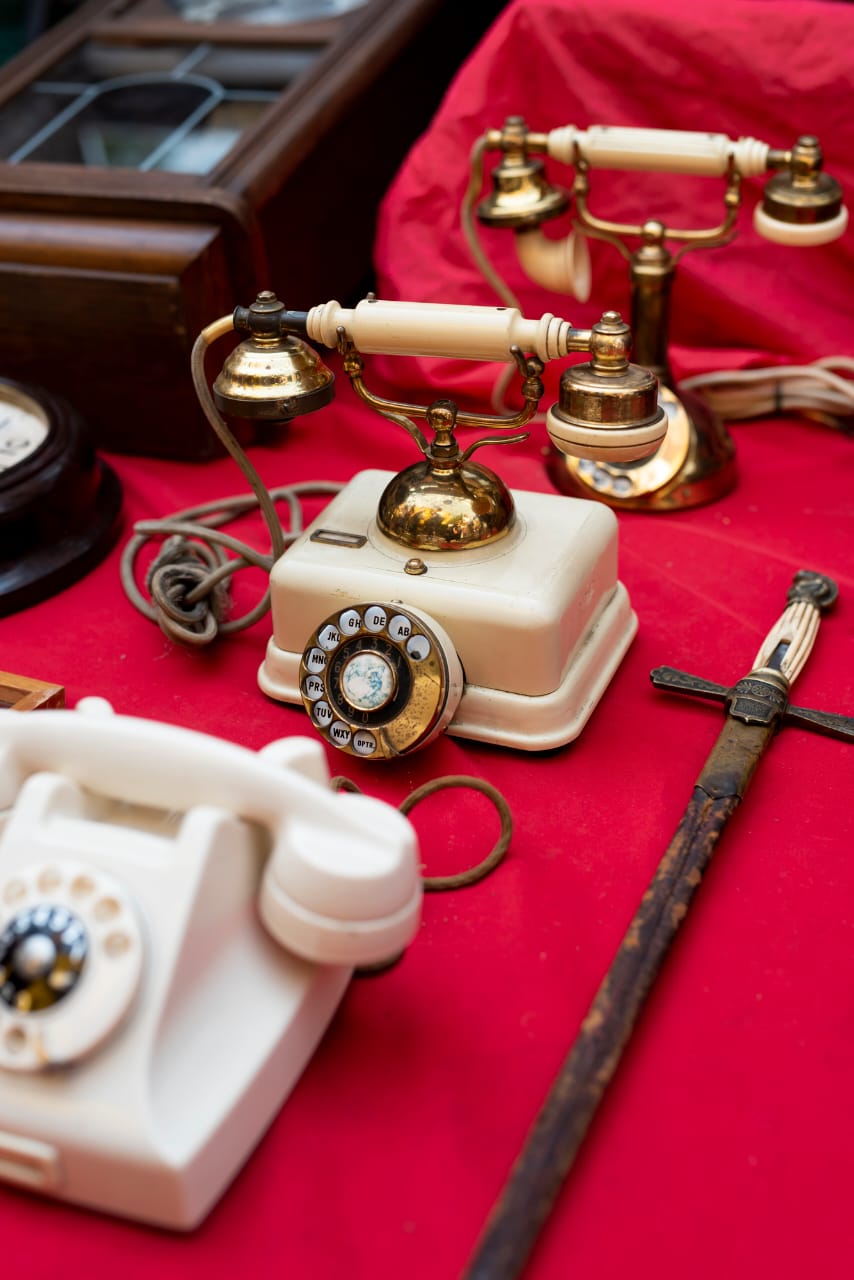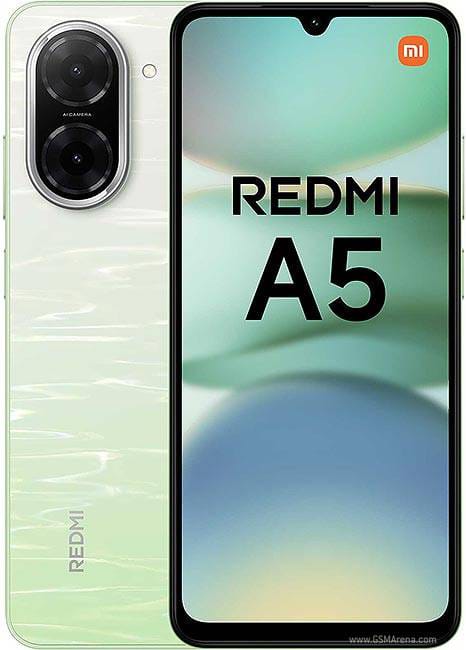Mobile Phones has become the most important and integral part of today’s lifestyle and mobile handset has become a widely recognized consumer item. Mobile phone has many advantages as well as disadvantages. There is also gender discrimination in the use of mobile phones. The primary purpose of this article is to show the impact of mobile phones on society and this article clearly shows that mobile phones have a huge impact on people and the way they interact with others.
Introduction
In this era, mobile phone has become fashionable for everyone because it is very useful; by having a mobile phone in our hand we can solve many issues and have most of the information around the world. Mobile phones help you in business, such as creating work schedules and keeping in touch with your customers. Initially, when they first came out mobile phones were useful only for communication; now they are multi-purposed by them. With the advent of sophisticated mobile phones it can also be used for entertainment purposes. Mobile phones can be used as an effective leisure tool to convert the human brain from stress level to free level.
Although mobile phones are regarded as devices that directly serve the individuals who own them, they are also social artifacts. As communication technologies, they support coordination with others. Additionally, mobile telephony communication practice is influenced by the social contexts in which the phones are used. Communication practice is also influenced by the lifestyle characteristics of owners, including their social networks. Furthermore, because they are devices that are now present in a variety of contexts, and can be activated remotely and unpredictably, mobile phones are subject to social scrutiny and play a role in the social world. They are surrounded by a system of actors who knowingly or unknowingly play a role in mobile phone interactions. Mobile phones solve various types of problems and provide new and trending channels of communication. We can access information from the whole world, wherever we are, using a device small enough to fit in just one hand. Finally, user understanding of how mobile telephony works is not only a matter of learning about its many technical components (hardware, software and network services), but also of understanding service provider policies and integrating information gained from sales, marketing and billing communications. Mobile telephony is rapidly becoming a feature of our culture, yet we do not understand its effects on communication practice and behaviour, particularly in relation to the interaction and co-evolution of technology and human activity. As wireless communications continue to proliferate, an empirical understanding of the practice and social effects of mobile phones becomes increasingly relevant to scholars and practitioners alike. Exploring the impact of mobile phones on society is therefore the subject of this article.
Concept of Mobile Phone
A mobile phone (also known as a cellular phone, cell phone, and hand phone) is a phone that can make and receive telephone calls over a radio link circulating over a wide geographical area. It allows access to the public telephone network by connecting to the cellular network provided by the mobile phone operator. In contrast, a cordless telephone is used only within short ranges of a single, private base station. In addition to telephony, modern mobile phones also support a variety of other services such as text messaging, MMS, email, Internet access, short-range wireless communications (infrared, Bluetooth), business applications, gaming, and photography. Mobile phones that provide these and more general computing capabilities are called smart phones. It can be said that the cultural meaning of the mobile phone has moved beyond a “simple tool” or “appliance”. It has become a commodity. Nowadays almost everyone has a mobile phone and they carry it around openly. Its importance is no longer limited to just being a useful tool. Today, a mobile phone is no longer just a tool; it has become a symbol of a person’s identity, status and connection to the world.
History of the mobile phone
The history of the mobile telephone includes the history of technological development and the description of the changing social and political framework into which new technological developments become integrated. The technological innovations of mobile telephony were established from the 1940s onwards, but were not adopted until the 1990s. The mobile telephone has a global history in the sense that it has been developed or prevented by national politics as well as engineering challenges, exemplified by the different approaches to selling third generation (3G) licences in Britain, France, Germany, Sweden and the United States. Meanwhile there have been vast social changes in terms of production and consumption, largely embedded in trans-national processes of globalisation. There have also been political influences on design as well as vast social changes, such as the development of travel and the growing car culture during the period of the early development of mobiles.
Since Volta demonstrated electrical phenomena in the early 18th century, a whole silent, powerful technological revolution has followed. In 1834, Morse invented a wonderful trick to send information (“to communicate”) which included, above all, a code and also an electrical device that sent and received coded information. This device was the great-grandson of smoke, tam-tam, fire, torches, messenger pigeons, signal telegraphs …, texts on stone, papyrus, paper, printers, files and the great-grandson of books, newspapers, in short, of so many artifacts (artifact means “made with art”) invented by tireless human beings to transmit information and communicate with each other. The telegraph was a real milestone. And then there were later advances: Graham Bell patented the telephone (remote voice) in Chicago in 1876.
In 1900, Marconi solved the problem of sending one-way information without a corset of wires, giving rise to radio and television, that is, one-way social media that are nowadays in whole world not only a reality but a permanent source of social conflict.The political power they have acquired illegitimately. But not only communication but also information has been another concern of the human species: from the stones of Stonehenge in 3000 BC, the abacus, the hand calculators, the “fingers” (that is, “digits”) to count … until the creation of electronics that made the first computer possible, the ENIAC, in 1946. From the nineteen seventies, all the precursors came together, everything mixed in a kind of crazy, passionate dance, information technology with telecommunications and later with social media, giving shape to a single electronic technology to meet information and communication needs. This is where the mobile phone and the written message on the mobile were born. Child of Bell’s telephone to transmit voice; The child of Morse’s telegraph for transmitting text; the child of Marconi’s radio for wireless transmission of voice and text. And, let us add, the offspring of the first ENIAC computer, because a mobile’s cellular network traffic is itself a giant, multilocational, distributed computer.
The first land mobile services in Britain were introduced in the 1940s. These early services were quite simple, allowing people to talk over short distances using mobile radios. Commercial mobile telephony in the US began in 1947. AT&T introduced a “highway service” allowing people to make radiotelephone calls while travelling between New York and Boston. This service was the beginning of mobile communications, laying the foundation for the development of the modern mobile phone. The first telephone-equipped cars hit the road in Stockholm in the mid-1950s, the first users being doctors-on-call and banks-on-wheels. These first car-phones were too heavy, cumbersome and expensive for more than a handful of customers to use and it was not until the mid-1960s that new devices using transistors were brought to market. The first handheld mobile cell phone in whole world was demonstrated by Motorola in the year of 1973. In the United States, in 1977, the Federal Communications Commission (FCC) authorized AT&T Bell Laboratories to establish the first cellular telephone system. AT&T built and operated a prototype cellular analog system and a year later, public testing of the new system was begun.
The FCC was convinced that cellular radio was practical but the sheer size of the US presented problems that could not be encountered elsewhere. So, although the first working examples of cellular telephony emerged in the US, the Nordic countries of Denmark, Norway and Sweden, and also Finland, soon overtook them. In 1981, a significant advance in mobile communications occurred when the Nordic Mobile Telephone (NMT) system was introduced. The system was simultaneously introduced in Denmark, Finland, Norway and Sweden. The NMT system introduced the first generation of mobile networks, called “1G”. Compared to earlier mobile systems, 1G networks could handle many more calls simultaneously, making them more efficient. However, these systems still used analog technology, which meant that voice signals were transmitted as continuous waves, limiting call quality and security. Following the success of the NMT system, many other countries also adopted similar 1G systems in the early and mid-1980s, laying the foundation for today’s mobile networks. In 1979, the first commercial cellular telephone system began operating in Tokyo and by the mid-1980s there was a significant expansion of services offered to the general public, attracting rapidly large numbers of subscribers wherever services were available. In the UK, operating licenses were awarded to two companies; Telecom Securicor Cellular Radio Ltd. (Cellnet) and Vodafone. In January 1985, the two companies launched a national network based on analog technology and customers were able to avail the service using a mobile telephone the size of a brick. Cell-phones became standard kit for truck drivers and construction workers and by 1987 some were being sold for private use.
Spain, Austria, the Netherlands and Belgium quickly followed and ordered NMT services, while Germany, France, Italy and the UK decided to design their own systems. In 1991, second generation (2G) digital cellular technology was launched in Finland by Radiolinja on the GSM standard, increasing competition in the sector, as new operators challenged the incumbent 1G network operators. Ten years later, in 2001, third generation (3G) was launched in Japan by NTT DoCoMo on the WCDMA standard. This was followed by 3.5G, 3G+ or Turbo 3G enhancements based on the HighSpeed Packet Access (HSPA) family, allowing UMTS networks to achieve higher data transfer speeds and capacity.By 2009 it was clear that 3G networks would not be sufficient to support the rapidly growing data-heavy apps, such as streaming video and music. As people began to watch videos, listen to music and use other online services on their smartphones, the demand for data grew rapidly. This made it clear that 3G technology, which was originally designed for simple tasks such as web browsing and sending emails, would soon not be able to handle this increased usage. More advanced networks would be needed to handle this increase in data usage. As a result, the industry began to focus on data-optimized fourth-generation technologies, with the promise of speed improvements of up to 10 times that of existing 3G technologies. The first two commercially available technologies introduced as 4G were the Wi-Max standard (introduced in the U.S. by Sprint) and the LTE standard, first introduced in Scandinavia by Telia Sonera.
Read Also:
- What are Mobiles Phones
- 20 Mobile Phone Uses and Features
- List of 195 Mobile Phones Companies in All Over The World
- 60 Good and Bad Effects Of Smartphones On Our Social Lives
- List of Top and Most 6 Mobile Manufacturing Countries in the World








Leave a Reply